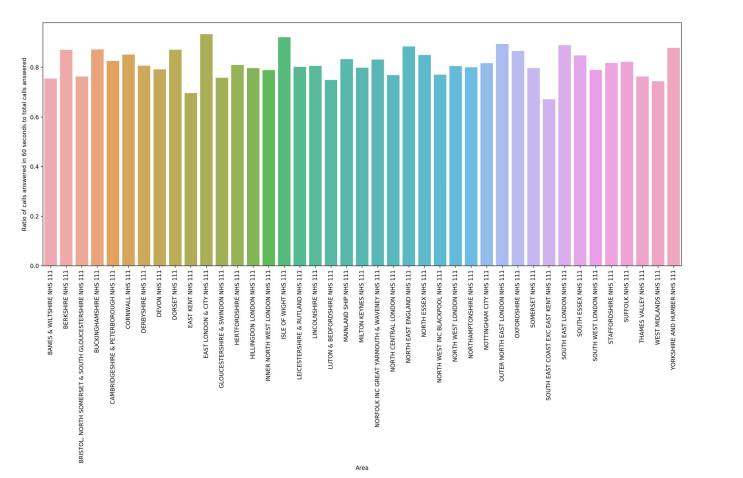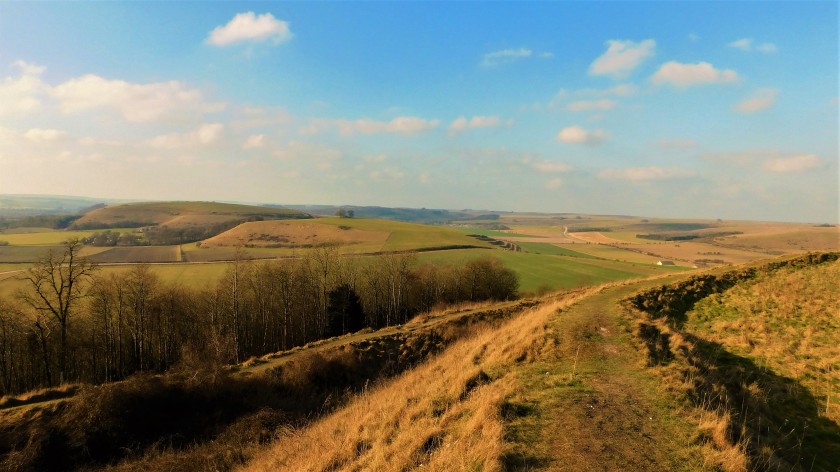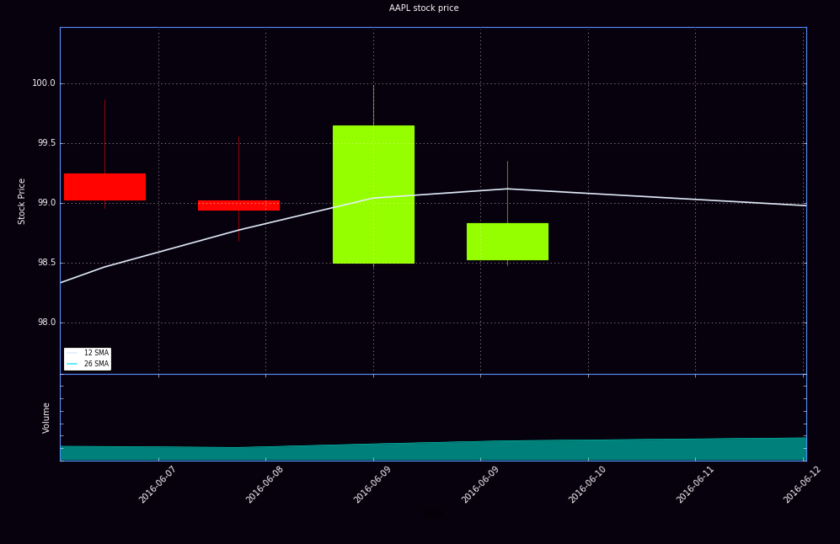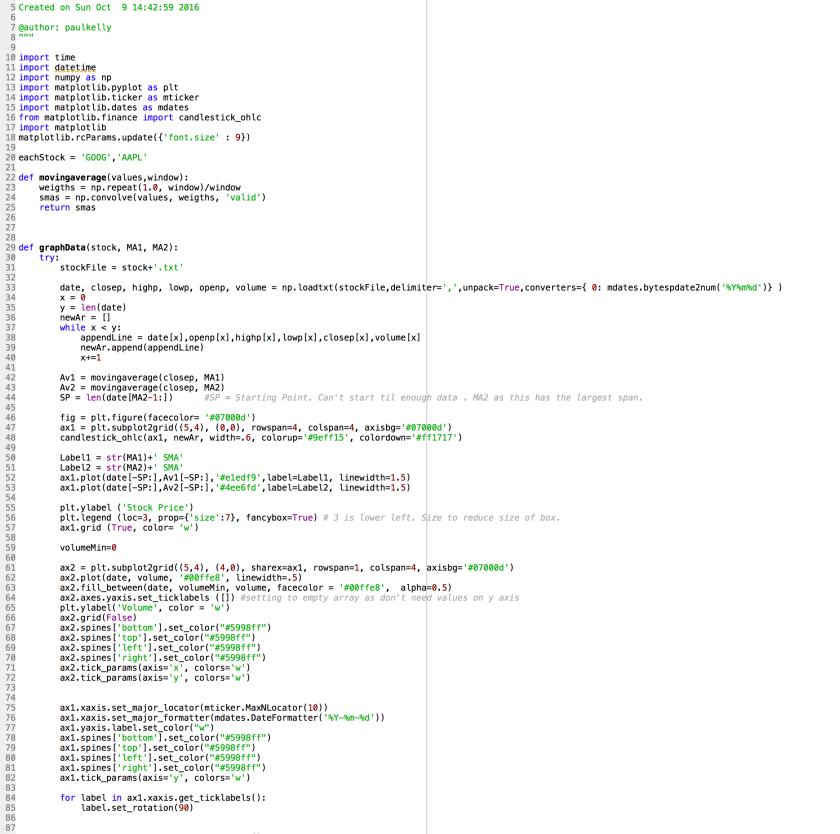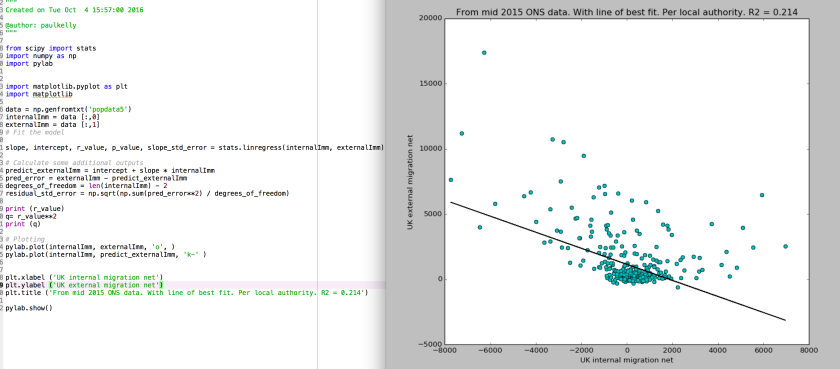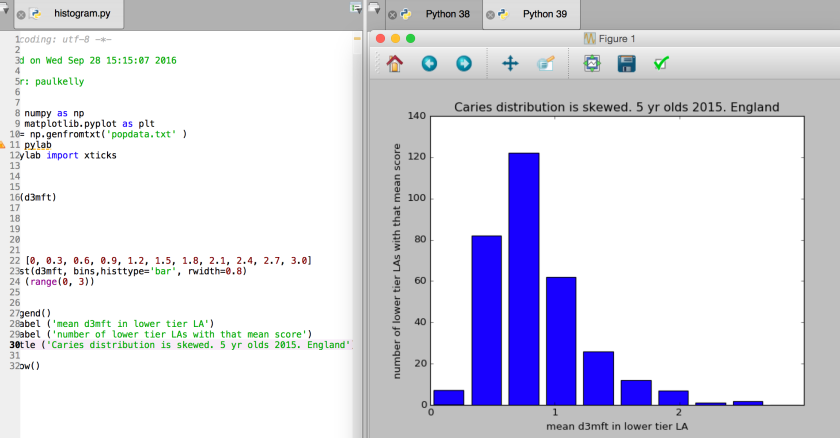Like others, I suspect, I use my blog sometimes as a mind dump of concepts that I don’t want to forget about, but which I am also happy to share.
In this posting “dialectic” refers to a tension between two poles. You can substitute “contradiction” with little loss of meaning. There is much more to dialectics, but I am not going into that here. I have a useful summary in my PhD thesis.
I was reminded recently of the dialectic between equality and democracy. It is quite simple to understand when put bluntly. Modern societies impose a limit on democracy. This is because there are more poorer or moderately well off people than there are very rich and powerful people, and complete democracy would result in a vote to strip or curtail the very rich of perceived undeserved money and power. Complete democracy will therefore not be permitted by the very rich and powerful. As an aside I suggest that a complete democracy would accommodate a range of inequalities. For example, particular skill or hard work might attract additional financial gain as this would be seen as just.
We then have the additional dialectic between equality and liberty. For me, this was perhaps best expounded in the works of Isaiah Berlin, although other authors have written about this. The point is that if we were to move from the vastly unequal society that we have now, to a much more equal society, there will be deprivation of liberties at some points in our society. Liberty to produce goods and benefit from the proceeds would not apply at all levels. Of course, we have an element of this already with taxation systems. Equality, at its extreme, would need to be imposed and robustly controlled. People are different, both biologically and in ambition. A huge state apparatus would be required to operate this. And would there be confidence that the state could carry this out correctly, objectively, and without excess transfer of power to itself and its operatives? Who would control and monitor that state? So here we see that we have moved into the dialectic between small and large state apparatus.
Where it gets even more fascinating is when we try to bring together the 3 dialectics of equality and democracy, equality and liberty, and small and large states. Equality fits with an expansion of democracy, but also with a restriction of liberty, and with the development of a large state. But what if we try to look at the potential relationship between state apparatus size and democracy. I think here we are getting right to the kernel of what politics is about. Everything changes according to the priorities you use in the choices that you make. Equality comes at a price. Democracy comes at a price. Even liberty comes at a price (the rich would have the liberty to use their money as they wished and not pass money to the poor through taxation).
It seems to me that the first extreme that fails a sense of natural justice is liberty as the very rich and powerful benefit excessively over the rest of us. A trade off on liberty for reduced inequality is, I think, justified.
The next extreme that fails the test is equality. The loss of liberty and the size and pervasiveness of the state apparatus required to impose and maintain this would not be compatible with democracy. In fact, the condition would negate democracy, as power would no longer lie with people, whether or not through their representatives, but with the state apparatus.
This leaves us with democracy. It seems to me that those with most to lose from an expansion of democracy are those with excessive power and resources. Representative democracy as it stands protects those interests. I therefore support an expansion of democracy. By this I mean greater use of referenda and a radical increase in transparency and accountability at all levels of society. I think it is important to recognise political parties and movements that are heading in that direction. I believe that is where things are heading and indeed, I think that is the best option for our future.
If you made it to the end, thanks for taking the time to read this.
